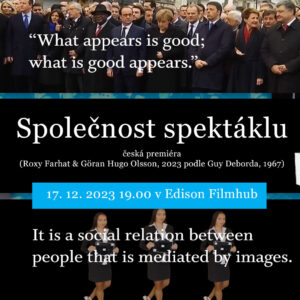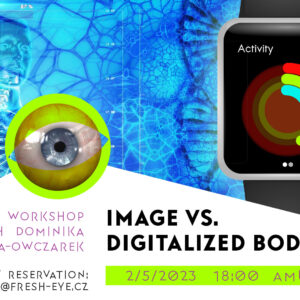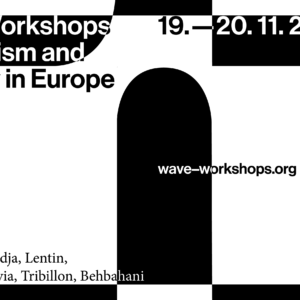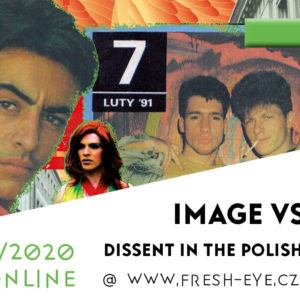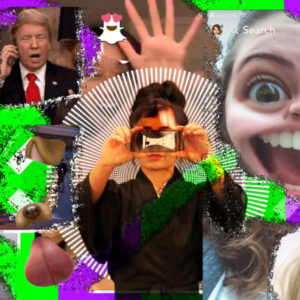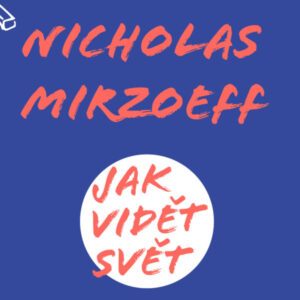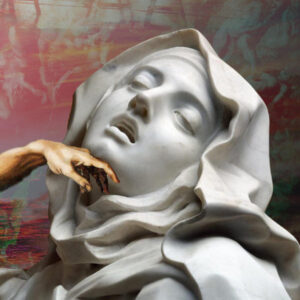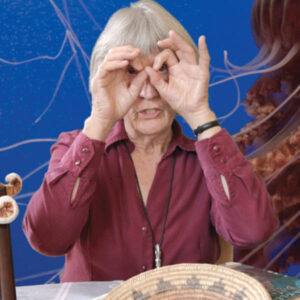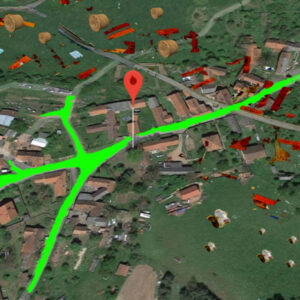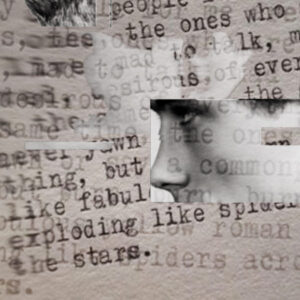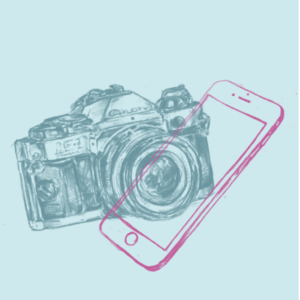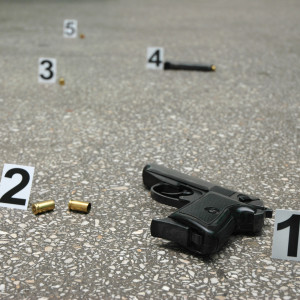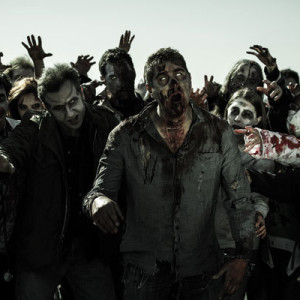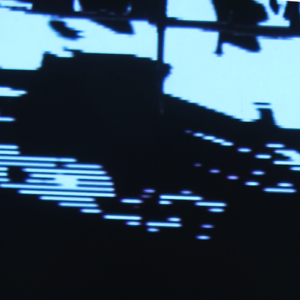While sociologists and psychologists make interviews and conduct survey research, anthropologists undertake participant as well as non-participant observation, visual theorists compile and critically analyze images circulating in our daily lives through various physical and virtual communication channels. What are the complex social images mediated to us in case of physical and social handicap? What are the attributes of the shared notion of what is and is not normal and what is the origin of this notion? What are the visual stereotypes linked to otherness and can they be avoided in the visual communication of the theme of handicap?
The arrival of modern sciences in the 19th century, which gave a strong impulse to the invention and gradual spreading of photography as a tool of scientific documentation, put man in the center of attention of research. The formation of extensive classification charts and scales in natural sciences found an echo in the positivist concept of anthropology, which started to make diverse measurements of human proportions by the method of anthropometry. Police stations and hospitals became filled with visual archives of perpetrators and patients and the outline of what was declared to be “normal” by science started to gain legal limits whose transgression was punished. The disciplination of the subject, the creation of the concept of normality and the turn to man in modern science are central to the work of French philosopher Michel Foucault and represent a starting point for the theoretical reflection on otherness.
What are the current representations of otherness and alterity, the specter of the unimaginable according to Jean-Francois Lyotard? What groups are marginalized by today’s society, being stigmatized for their physical, ethnic or sexual otherness? What visual stereotypes of otherness are used by the society to confirm its normality?
KATEŘINA KOLÁŘOVÁ, gender theorist (Charles University in Prague)
ERIK ČIPERA, managing director Asistence (NGO)
KATEŘINA ŠEDÁ, artist





